The year 2025 is poised to be a transformative period for space science, with groundbreaking missions, cutting-edge technologies, and discoveries that deepen our understanding of the universe. From humanity’s return to the Moon to the search for life beyond Earth, space agencies and private companies are driving innovation at an unprecedented pace. This article explores six key trends shaping space science in 2025, offering a glimpse into the future of cosmic exploration.
1. Lunar Renaissance: Building a Future on the Moon
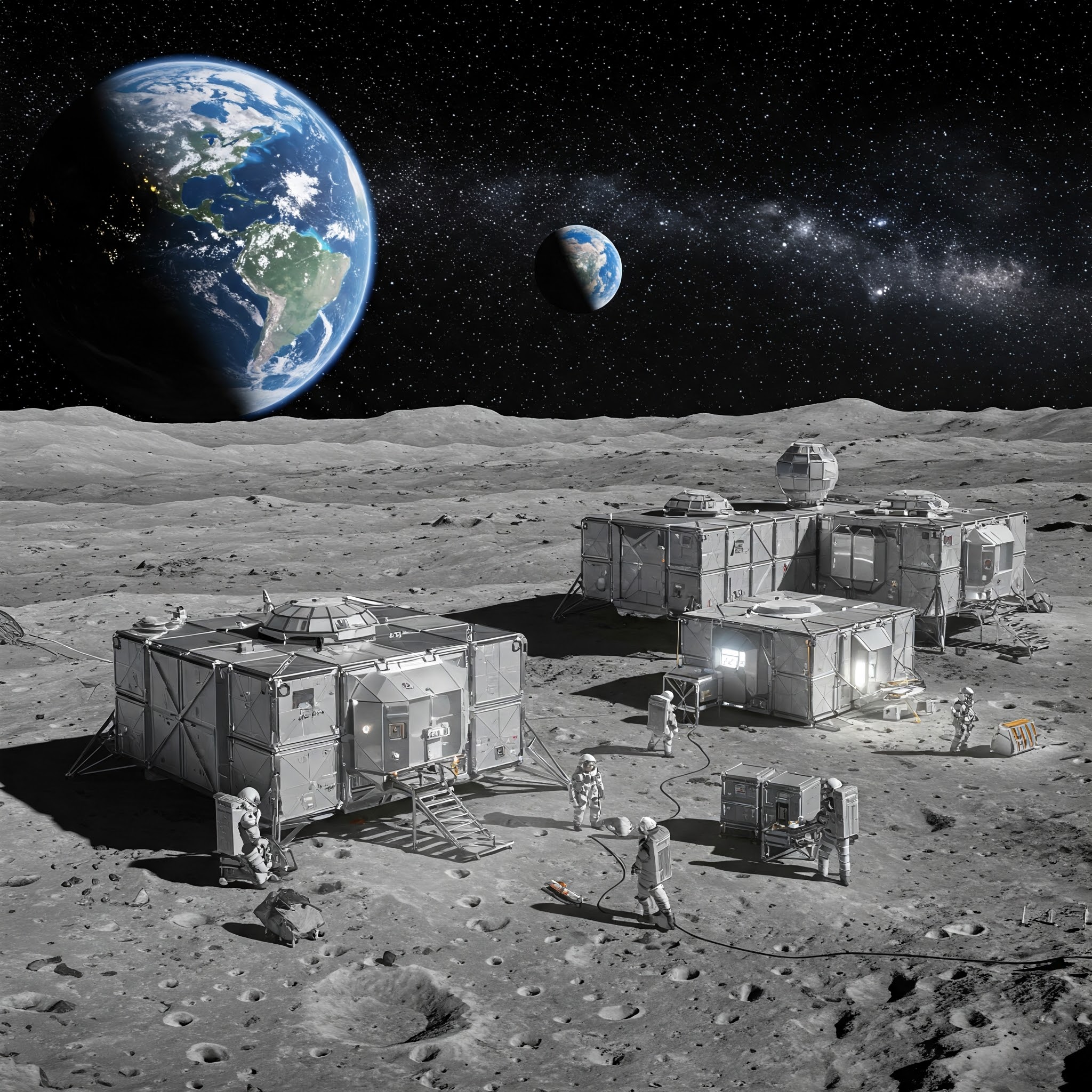
The Moon is reclaiming its place as a focal point of space exploration, with NASA’s Artemis program (Artemis Program) leading efforts to establish a sustainable human presence. These missions aim not only to revisit the lunar surface but also to prepare for future journeys to Mars.
-
Artemis II: Scheduled for early 2026, this mission will send four astronauts on a 10-day journey around the Moon, testing the Space Launch System (SLS) rocket and Orion spacecraft in deep space.
-
Artemis III: Planned for mid-2027, this mission will mark the first human lunar landing since 1972, targeting the Moon’s south pole, where water ice could support future habitats.
-
Lunar Gateway: A space station in lunar orbit, set to be operational by 2028, will serve as a staging point for lunar missions and deep space exploration.
Private companies like SpaceX are also contributing, developing lunar landers to support NASA’s goals. The Moon’s resources, such as water ice, could be mined for fuel, water, and oxygen, making it a critical hub for space exploration.
2. Exoplanets: Searching for Habitable Worlds
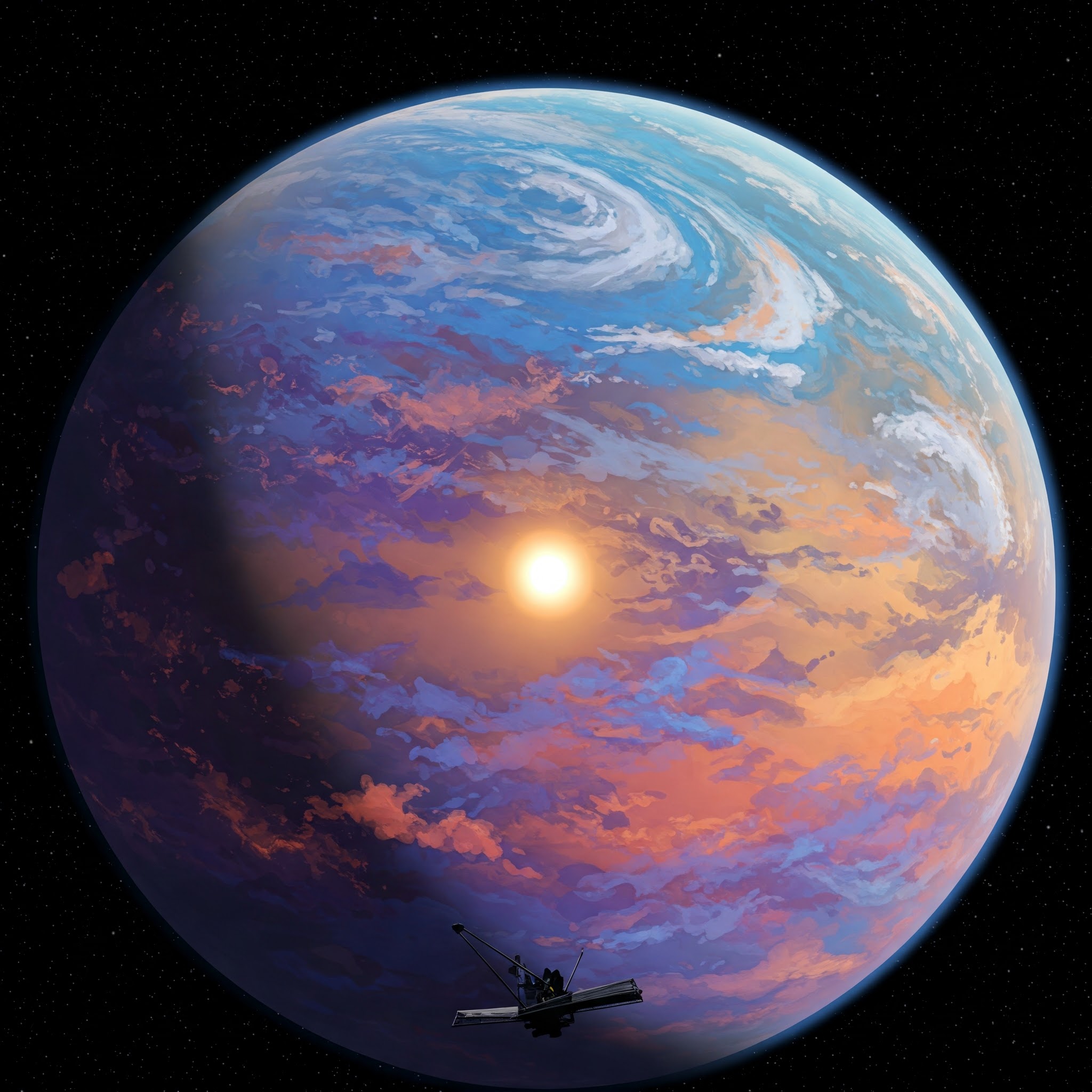
The quest to find Earth-like planets is advancing rapidly, thanks to telescopes like the James Webb Space Telescope (JWST) (James Webb Space Telescope). In 2025, scientists are making significant strides in studying exoplanet atmospheres and searching for signs of life.
-
JWST Discoveries: JWST has detected water vapor and other molecules in exoplanet atmospheres, providing clues about their potential habitability.
-
Biosignatures: Researchers are looking for gases like oxygen and methane, which could indicate biological activity.
-
Vera C. Rubin Observatory: Set to begin operations in 2025, this observatory will survey the sky for a decade, potentially discovering thousands of new exoplanets.
These efforts bring us closer to answering whether life exists elsewhere in the universe, captivating scientists and the public alike.
3. Space Tourism: The Final Frontier for Civilians
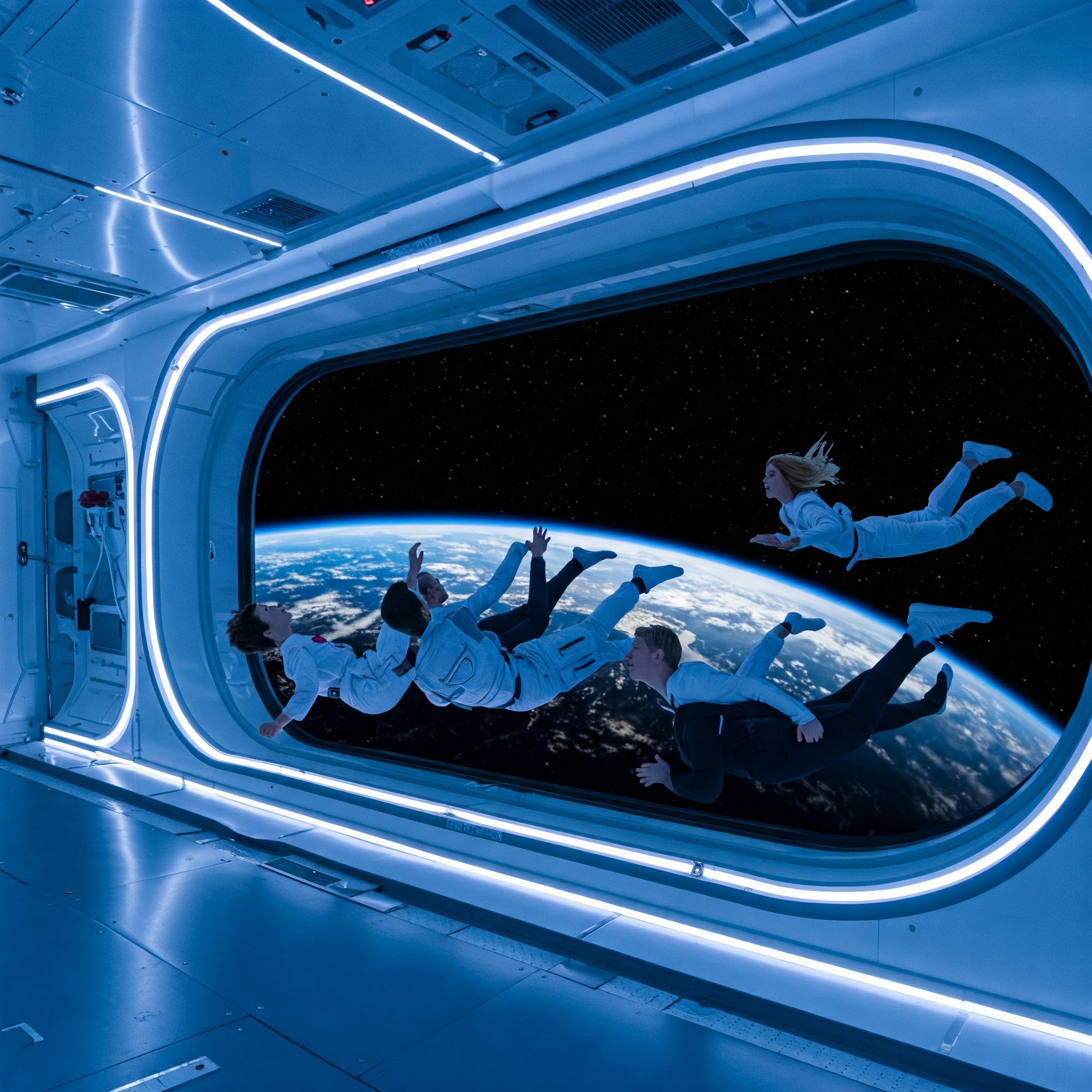
Space tourism is becoming a reality, with companies like Blue Origin, Virgin Galactic, and SpaceX making space accessible to private citizens (Space Tourism Trends).
-
Suborbital Flights: Blue Origin and Virgin Galactic offer brief trips to the edge of space, providing weightlessness and stunning views of Earth.
-
Orbital Adventures: SpaceX’s Starship is being developed for multi-day orbital trips, offering a deeper space experience.
-
Space Hotels: Concepts for orbital hotels are emerging, where tourists could stay for extended periods, enjoying zero-gravity activities.
While costs remain high, competition is driving prices down, making space tourism a growing industry that fuels technological innovation.
4. AI and Automation: Powering Space Exploration

Artificial intelligence (AI) is transforming space missions by enhancing efficiency and autonomy (Space Technology Trends).
-
Data Analysis: AI processes massive datasets from telescopes and spacecraft, identifying patterns that human analysts might miss.
-
Rover Navigation: Mars rovers like Perseverance use AI to navigate rocky terrain autonomously, reducing reliance on Earth-based control.
-
Spacecraft Operations: AI handles tasks like trajectory adjustments and system monitoring, enabling missions to operate farther from Earth.
As missions venture deeper into space, AI will be critical for managing complex operations with minimal human intervention.
5. The Quest for Extraterrestrial Life
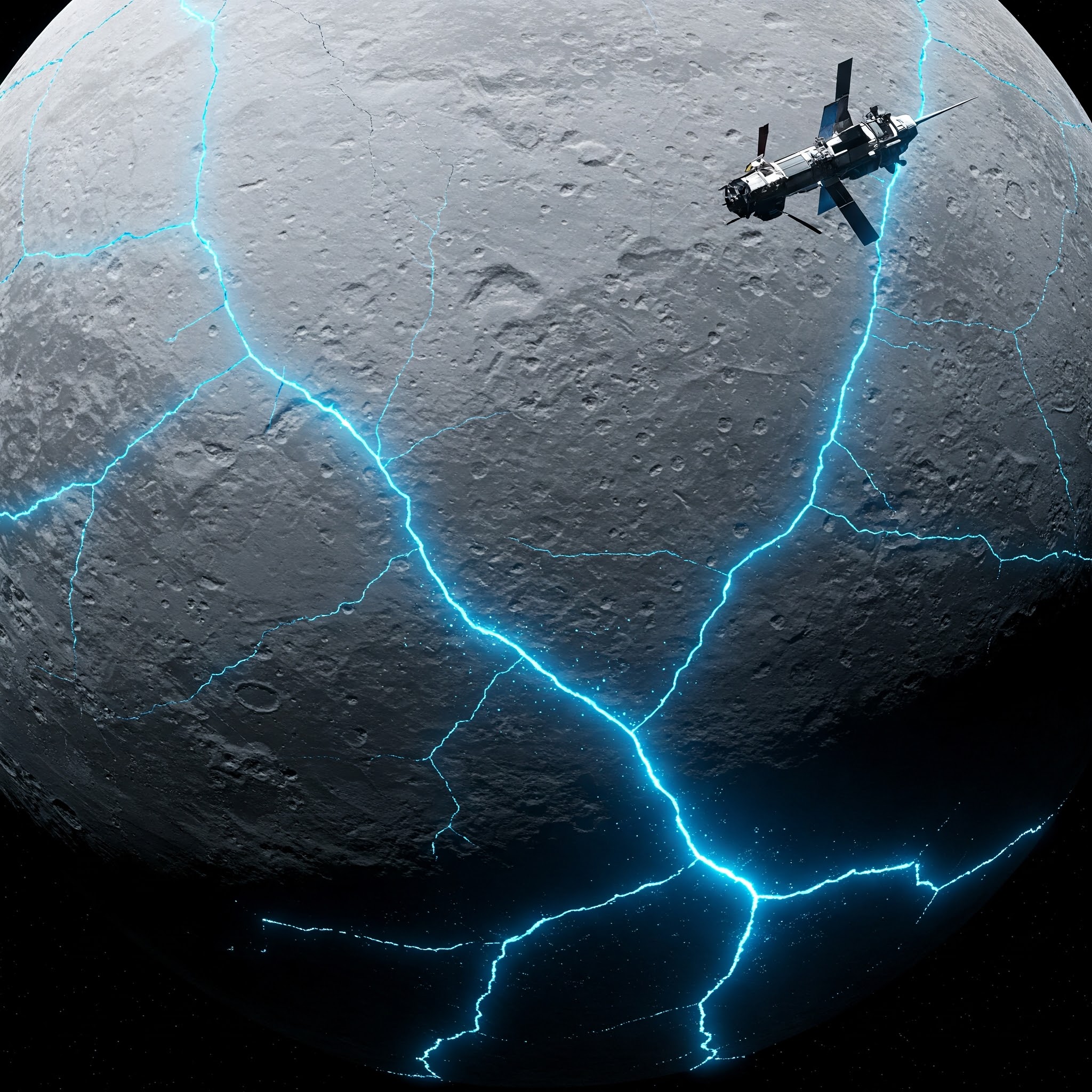
The search for life beyond Earth remains a cornerstone of space science, with missions targeting promising locations in our solar system (Space News).
-
Mars: NASA’s Perseverance rover is collecting samples in Jezero Crater, which may contain evidence of ancient microbial life. The Mars Sample Return mission will bring these samples to Earth for analysis.
-
Europa and Enceladus: These icy moons of Jupiter and Saturn are believed to have subsurface oceans. NASA’s Europa Clipper, set to launch in the late 2020s, will investigate Europa’s potential for life.
-
SETI: The Search for Extraterrestrial Intelligence uses radio telescopes to scan for signals from advanced civilizations.
Discovering even simple life forms would revolutionize our understanding of biology and our place in the cosmos.
6. The Space Economy: A New Frontier for Commerce
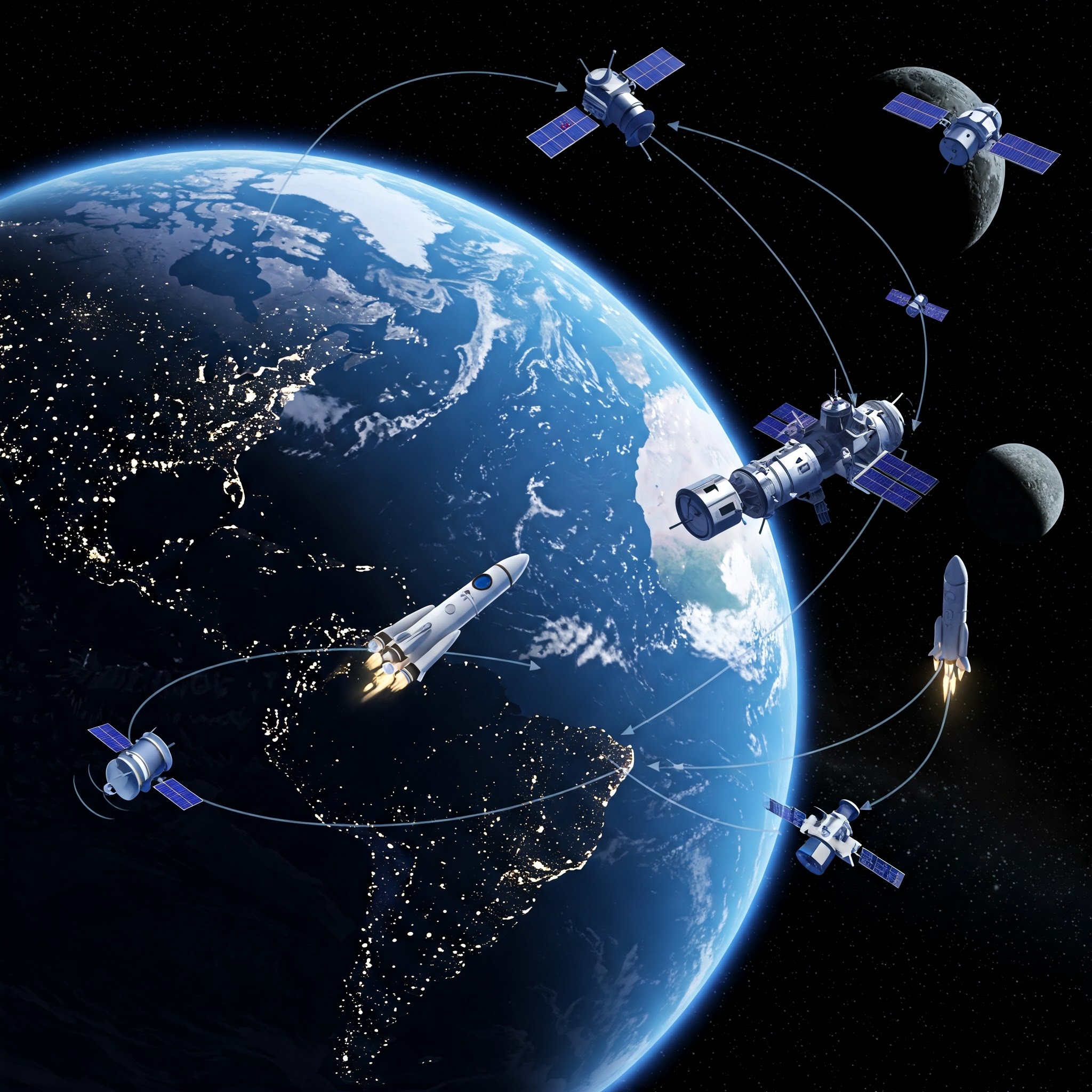
The space industry is evolving into a vibrant commercial sector, with significant economic potential (ESA Space Economy).
-
Satellite Services: Companies like SpaceX and OneWeb are launching satellite constellations for global internet, navigation, and Earth observation.
-
Space Mining: The Moon’s water ice and asteroid metals could provide resources for space missions and Earth-based industries.
-
Commercial Ventures: Beyond tourism, space manufacturing in microgravity could produce unique materials, from pharmaceuticals to advanced alloys.
The space economy is fostering innovation and creating opportunities for businesses worldwide.
Why These Trends Matter
These trends reflect humanity’s ambition to explore, innovate, and expand beyond Earth. They address fundamental questions about our origins, our future, and our potential to become a multi-planetary species. By following these developments, we gain not only scientific knowledge but also inspiration for what’s possible.
Call to Action: Which space topic excites you the most? Share your thoughts in the comments or follow us on social media for the latest cosmic updates! Stay tuned for our next post on the mysteries of black holes.


